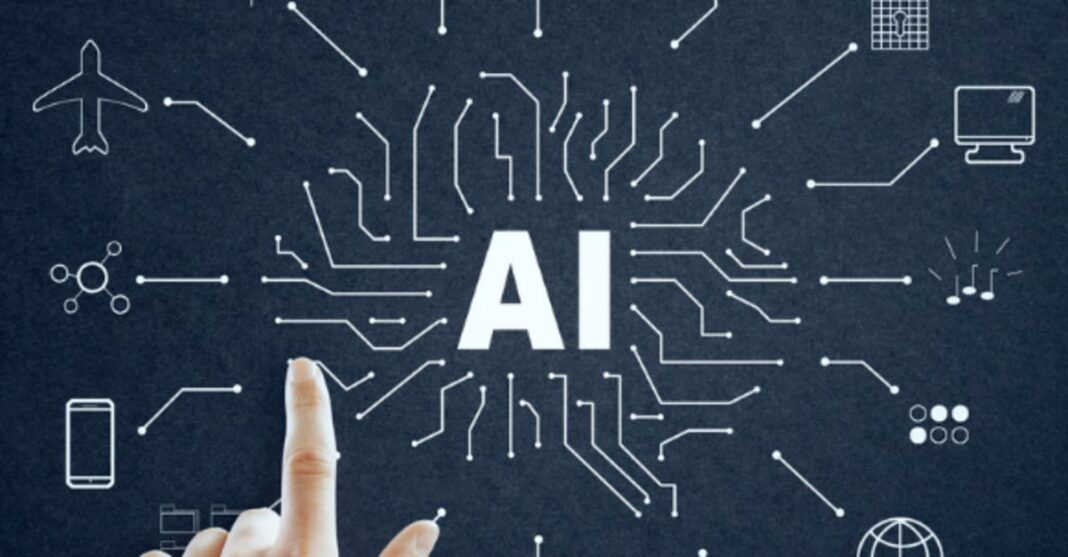Artificial Intelligence is constantly evolving, and in recent months, the world’s attention has been focused on GPT-3.
In this context, Súmate analyzes this AI model.
What is GPT-3?
GPT-3 (Generative Pre-trained Transformer 3) is a language model that uses deep learning to craft text and generates content that mimics human writing. It works through machine learning, offering word predictions based on previously used terms and neural networks.
GPT-3 is the third generation of these language prediction models designed by the OpenAI Artificial Intelligence Research Lab. It is trained with 175,000 million parameters that are increasing since it is continuously learning through public information on the Internet and millions of publications, books, documents and scientific texts on any subject.
This model was released three years ago, although it has not been until now when it has reached its peak of fame after getting one million users in December thanks to ChatGPT, the linguistic model based on GPT-3 that allows text to be generated naturally and converse with humans, answering questions quite accurately.
Differences between ChatGPT and GPT-3
Since there is currently confusion, it is essential to clarify the difference between ChatGPT and GPT-3.
ChatGPT has 117 million parameters; it is trained on conversations and is not configurable. Also, it only supports inputs in chat mode. It is an easy tool for any user, more aligned with human thought and values, and more accurate than GPT-3 for its specific purpose.
On the other hand, GPT-3 has 175,000 million parameters and is trained with all kinds of content. It is a configurable model that supports all input types, but it is less accessible to the average user and more prone to wrong responses. Despite this, it is more trainable.
GPT-3 Limitations
GPT-3 can help digital marketing experts analyze text and data; attends to instructions and questions; creates readers; and can even generate codes and build computer applications, among many other uses.
Despite its utilities, GPT-3 still has limitations since, although it produces coherent and well-written texts in terms of grammar, spelling and structure, these do not have to be truthful. Therefore, the task of verifying the message by a human being is crucial. In addition, these contents can be considered low quality and penalized in their positioning in search engines if used indiscriminately and without the necessary strategic knowledge.
According to Daniel Borrego, product manager at Súmate, “this AI model cannot completely replace human work. It is in full development, and sometimes, it can fall into unprofessional texts in tone, with low rigour or little research. That is why the work of a person who reviews and corrects the generated content is necessary .”
It is a language model that cannot understand the cultural context or current market trends, so the generated content may be less relevant or practical for the target audience. Additionally, you may lack the ability to understand and apply concepts such as brand strategy, positioning, media planning, and results measurement.
In short, AI used responsibly, can be a tool that provides excellent facilities for generating content. Still, it is not a complete replacement for the skills and experience of a marketing professional since these tools require prior management and understanding to get the most out of them.
Also Read: Digital Kit for SMEs and Freelancers














